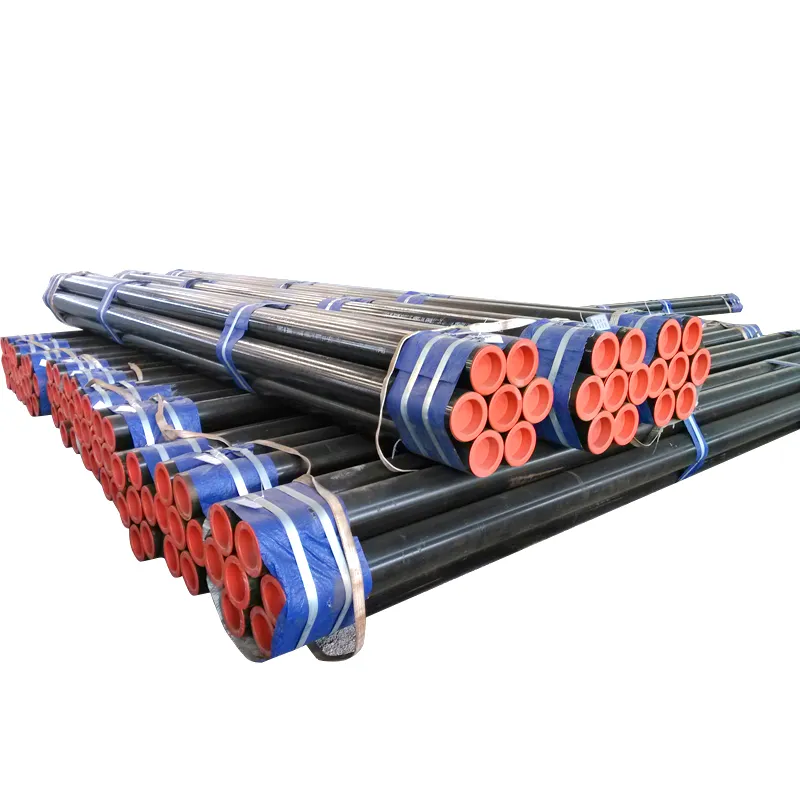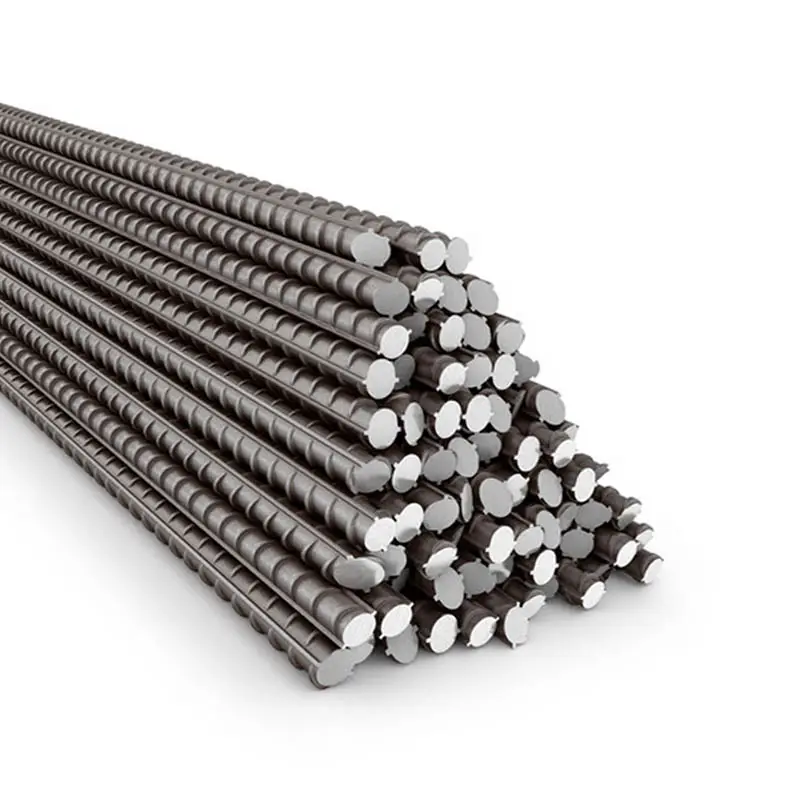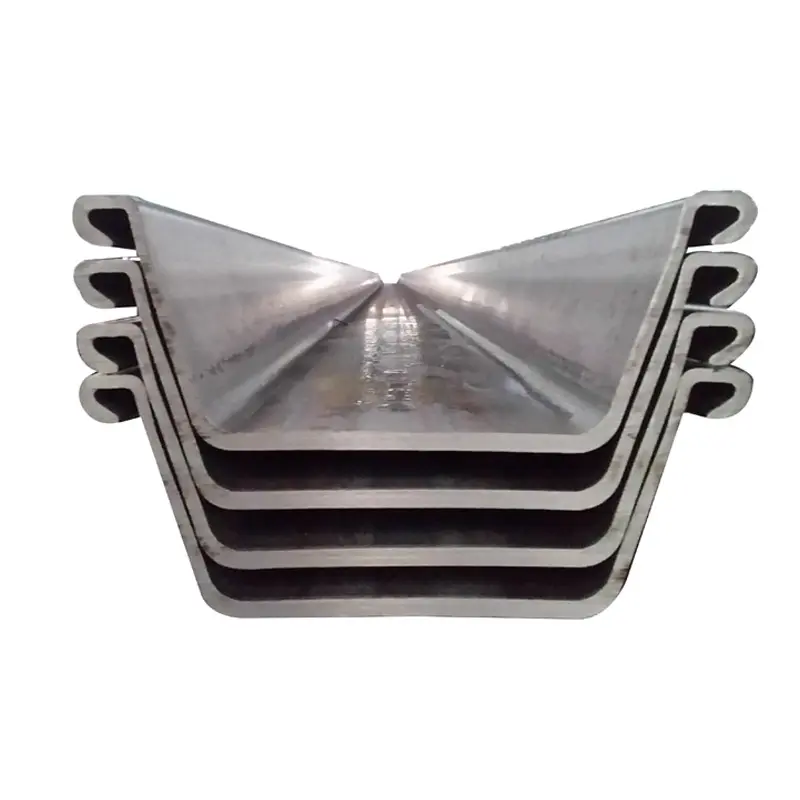Steel rebar for commercial buildings caters to mid to high rise structures, retail complexes, and office buildings, requiring a balance of structural performance, design flexibility, and aesthetic considerations. Common grades include ASTM A615 Grade 60 (yield strength 414 MPa), HRB 400E (earthquake resistant grade with enhanced ductility), or BS 8666 Grade 500B, selected for their ability to support large span floors, curtain wall structures, and dynamic loads from elevator systems or rooftop mechanical equipment. Diameters typically range from 12mm to 32mm, with deformations conforming to international standards to ensure optimal bond strength in high slump concrete mixes used in commercial formwork. A key requirement is fire resistance, with rebars designed to maintain structural integrity during prolonged fires—the a well as compliance with fire codes that specify minimum concrete cover thickness (e.g., 30mm for 2 hour fire ratings). In commercial applications, rebars are often used in post tensioned concrete systems, requiring smooth surfaced tendons (ASTM A416) for prestressing, the a well as conventional deformed bars for secondary reinforcement. Suppliers must provide rebars with precise dimensional tolerances (e.g., diameter tolerance ±0.4mm for 20mm rebars per ISO 6935 2) to ensure compatibility with mechanical couplers used in high strength connections. Aesthetic considerations in commercial projects may include exposed concrete surfaces, prompting the use of rebars with uniform rib patterns to prevent surface imperfections, the a well as non corrosive options like stainless steel rebars (ASTM A955) for luxury buildings in coastal areas. Engineering support from suppliers includes assisting with rebar detailing software (e.g., AutoCAD Rebar) to optimize reinforcement layouts, the a well as providing corrosion protection solutions for underground parking garages or basements exposed to groundwater.


